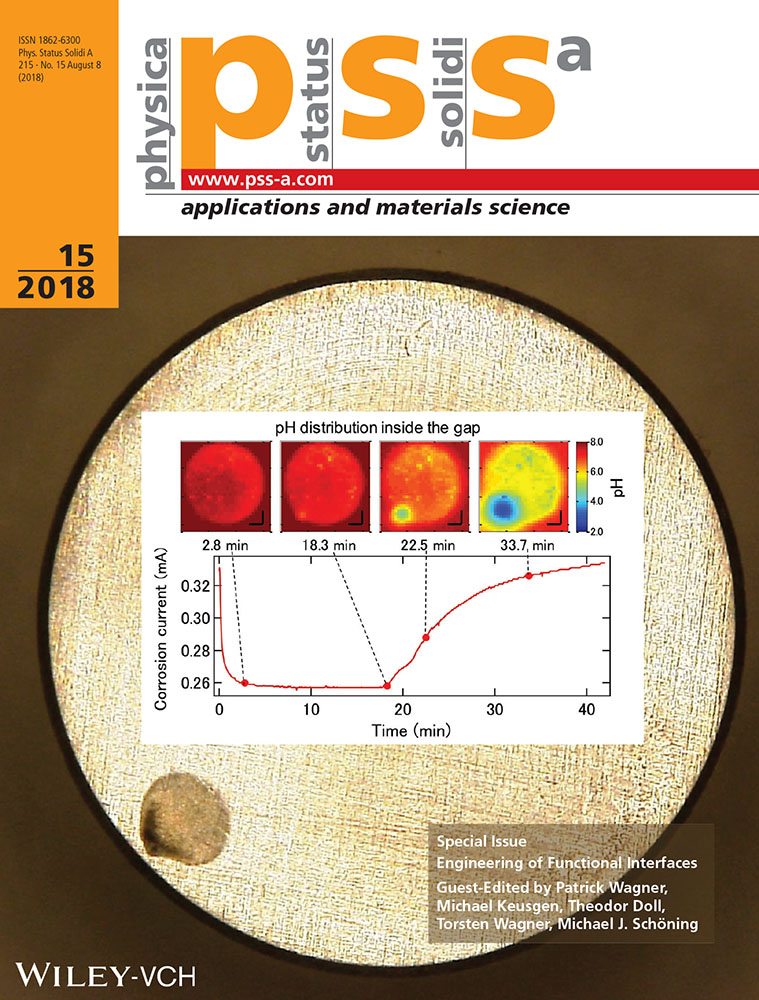Electronic Responses to Humidity in Monolayer and Multilayer AuNP Stripes Fabricated by Convective Self-Assembly
Abstract
Nanoparticle devices employing electrical transduction mechanisms have been developed for various fields of application such as strain sensing, chemical detection, photo detectors, solar cells, memory devices, and so on. Since most devices are exposed and operated at ambient conditions, the humidity poses a problem, influencing their electrical properties via the interaction between the water molecules and NP materials. Here, the fabrication of multilayer and monolayer AuNP stripes with different dominating charge transport regimes is reported and their electronic responses to humidity are studied. It is shown that the humidity-dependent electronic response is strongly correlated with the morphology and electron transport regimes in the AuNP stripes. Due to the differences in AuNP arrangements and the resulting dominant charge transport regime, the multilayer and mono layer AuNP stripes response differently to the humidity. This work reveals the possible mechanism accounting for their different responses and can help the development of high performance nanoparticle-based devices.
Conflict of Interest
The authors declare no conflict of interest.




